
Getting in to 3D Printing in the April 2020 Lockdown
Research
I’ll be writing this project in part for myself and in part for others. It’ll be like a diary and notepad for me to get my thoughts straight, and keep all my information and questions in one place so I can find them readily (And in hopes others can step in and answer them, and correct me where applicable). I also hope it will help others who have been tempted by 3D printing, but find it too confusing to even begin looking at. This information is based on various conversations here and elsewhere (Thanks Gaz/Noyjatat and Blinky465), and things I’ve heard in twitch chats, on Weekenders, and in youtube videos etc.
Once payday has come and gone, and my start of the month bills have been taken I am very likely to buy in so please give this a read, tell me if I have anything wrong or if I’ve missed anything. Follow along and ask more questions if you are also curious about getting started. I may already have the answers.
So anyway…
I’ve spoken to a few people about which machine to buy and here’s the gist of it:
- If you want to print terrain, buy an FDM printer. It works out cheaper for larger objects, but you have to deal with stepping.
- If you want to print smooth high detailed minis get a resin printer, but it gets expensive for larger objects and the resin is dangerous
I want the option for both, but primarily I want cool minis to paint and play, so its resin for me. The two main options being recommended to me are the Elegoo Mars and the Anycubic Photon, with the Photon seeming to be the preferred option so I will be focusing on that machine. I’ve people on BoW who own them already advising me so I’ll have an easier time getting help with this machine.
So what do I need to get started?
- 3D Printer
- Resin. Should be able to get a deal to get some with the printer. Used to be about £25 per litre, but under Covid lockdown it is currently £38-£50. Seems to currently come in regular toxic stuff and safer plant based. Plant is cheaper, but biodegrades. No idea if that means a mini will fall apart after the few years it may take for me to actually get it painted and on the table. Not sure if there are quality differences between the two that might matter to people like us. Blinky has had good experiences with the Anycubic and Elegoo resins so far. No word on other brands at this time
- Isopropyl alcohol to clean the minis after print. At a rough estimate it appears you perhaps get through 1 litre IPA for every 2 litres of resin you use. Its a starting point anyway. Can be bought fro a Chemists or a hardware store. Cazboab says, “The shortage of IPA made me try other stuff, turns out bioethanol works better on anycubic resin anyway…”
- Glass jars with lids to clean the minis in and a means of getting them out of the jar safely (Anyone know if the lids from jam jars and coffee jars will be nonreactive to IPA?)
- Meths for cleaning the printer. its got to be cheaper than IPA, especially right now
- Scraper to get the minis off of the print bed. Printer comes with plastic one but apparently some people have been injured by it? Metal one is safer but scratches the plate, and presumably the underside of the print. Blinky uses a wallpaper scraper. Printing your rafts with sloped sides makes it easier to get a scraper under them. I’ve not looked in to how to do this yet
- Razor blades for when the scraper isn’t quite enough to get under the mini
- Lots of kitchen roll
- Lots of newspaper
- A source of UV. If its bright and sunny then sit them on your window sill and turn them now and again. Otherwise 20 minutes under an unmodified nail lamp does the job fine. Blinky’s lamp is 36w
What else will I likely want soon after?
- Spare FEP sheet. They are good for a minimum of 400 hours but people can get double that from them
- The screen will eventually need replacing too. No idea on timescale or if that’s just another name for FEP.
- More resin and IPA
- A Patreon for regular quality STL files (I’m eyeballing Titan Forge but there’s others to look at like Artisans Guild, RN eStudios, and Raging Heroes have one starting soon. Ritual Casting do some epic upscaled stuff. Printed Obsession, Dragons Rest, Monstrous Encounters, Sark’s Foundry, Makers Cult, Epics N Stuff, Hero Spawn Spot, Warploque Miniatures, Duncan Louca, Lost Kingdoms, Anvil Digital Forge, Asgard Rising, Dragon Trappers Lodge. (Seen others? please post links below). There’s always Thingiverse. It may have competitors I’m not remembering.
Other stuff:
- Ultrasonic cleaner. For if you want to be more thorough than swishing your mini in a jar of IPA. Not needed, but YMMV
So where to buy? Ebay and Amazon appear to be the places to go in the UK. I’m not aware of any UK shops that focus on this sort of thing
So what software do we want?
I won’t be designing models from scratch, I’ll just be printing them so I won’t need a 3D art package. If anyone knows of a free, simple to use one that I might be able to use to repose existing files, or edit them in basic ways please speak up in the comments. It might be useful later on.
So you have your STL file. It won’t work in the printer as is. It needs to be Sliced so the printer knows what it is, how to print and support it and what else you want doing with it. The most common Slicer software right now appears to be Chitubox , which is free. You can install and tinker with it long before you get your printer. my PC is ancient and it runs fine. I was able to figure out some basic controls pretty quickly without help, but I was pointed towards a very helpful series of videos you should watch before your first print (And this one by the same guy on hollowing models). it’ll stop you making mistakes you weren’t even aware of.
I’ve been pointed towards a file validator, which I have not looked at yet, but I believe it checks your sliced file to make sure there’s no obvious mistakes. Why the slicer can’t do this I don’t know.
What order do things need to be done in? What are the steps?
Does this look right to people who know more than me?
1: Get your STL file from people who who use art packages more advanced that MS Paint. Remember, the OTT store has a few free ones we can tinker with and there’s always Thingiverse.
2: Slice your file and save as printers file type (.photon in my case) to a USB stick. Validate it to be sure and adjust until you are happy.
3: Prep the 3D Printer with Resin. Safety gear must be worn when working with resin
4: Load file from USB stick in to printer
5: Do whatever is required to make it go and walk away, once I’m sure its working, not gassing everyone, the resin isn’t going to expand forever absorbing the machine, the table, my house and the Earth, and not about to catch fire.
6: After a long wait, extract the print plate from printer and remove the model from the plate with a scraper. QUESTION: Can the resin be left in the tank for days until it is wanted again, or does it need to be stored back in the bottle after being filtered if I am not using it right away?
7: Wash the model in IPA
8: Place print in a bowl of hot tap water, then remove supports
9: Cure under UV/Sunlight
10: Put your finished mini on your shelf of shame to remain unpainted with all its unpainted brothers and sisters for years to come while you print more things you’ll likely never use
11: If resin is going back in the bottle filter out any dried pieces. What do people use for this? Will a tea strainer do? Coffee filter paper? Will the printer come with basic tools for this?
Remaining Questions
Will any dust mask do, or do I need a more expensive filter mask? How long do those filters last anyway? Basic paper ones don’t seem to do the job so more expensive filter ones are recommended. Remember to ventilate
Can I use the same set of marigold gloves for months or do I really need disposable gloves for operating this? The gloves don’t need throwing away between uses. Just be sure to contain the resin, and test any new glove material in a little resin and IPA before you risk your hands on it
How often should I be cleaning the machine and emptying the tank? What if I plan on using it back to back? What if I plan on not using it for a week or more? Advice suggests not leaving your resin idle in the tank for more than two days. Be sure to fish out any bits between prints.
How do I filter the bits out of the resin? I’m assuming the bits won’t always be big enough to grab with a spoon or tongs. The printer should come with filters with a small mesh at the bottom.
Is my work flow (above) correct? Is anything missing or in the wrong place?
What maintenance does the machine want before and after each print? Is it just good to go under normal circumstances so long as I keep the plate clean? None, unless it wants a good clean
Can I use a coffee jar or jam jar for the IPA bath, or will the lid materials be a problem? People have been using glass jars with plastic parts, and even plastic jars. Just test the materials with a little of the chemicals before you risk anything. I’ve had THIS recommended to me.
What is the lifespan of a model printed in the biodegradable plant based resin? We don’t really know yet
I’m sure I have more questions so I’ll likely update this list soon, ideally to include answers from the community.
Important points to note
- Prints will fail and fall apart if the temperature drops below 20C
- Titan Forge monthly packs tend to be 1.5gb-2gb so people with drive space concerns might want to plan ahead before backing lots of Patreons
- Patreon stuff tends to only stay online during that month so should be downloaded fully before the end of the month
- Resin wants to be stored below 15C but above -35C
- Old resin cannot be thrown or poured away. Must be disposed of properly at a local tip or through other proper channels
- Patreon listed costs do not include VAT so add 20% on top of what it says
- Patreons auto renews. I cannot see an option to turn that off so if you’re only dipping in for the month be sure to keep an eye on it.
- Be aware of the difference between ml and g when buying. According to the data sheet resin has a density of 0.8-0.9 grams per ml. This means that 500g of resin is 400-450ml resin. Switching between the two units is a means of tricking consumers in to paying more without realising.































![TerrainFest 2024 Begins! Build Terrain With OnTableTop & Win A £300 Prize! [Extended!]](https://images.beastsofwar.com/2024/10/TerrainFEST-2024-Social-Media-Post-Square-225-127.jpg)

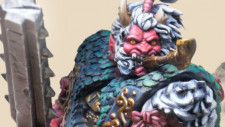








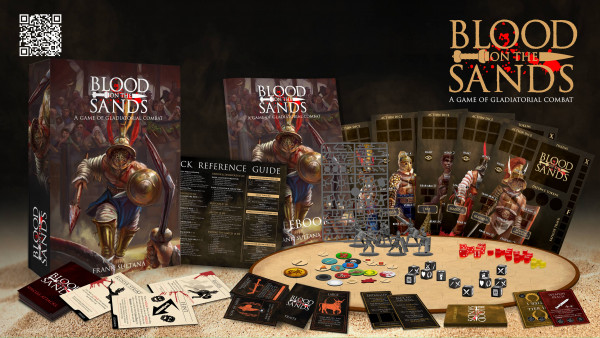
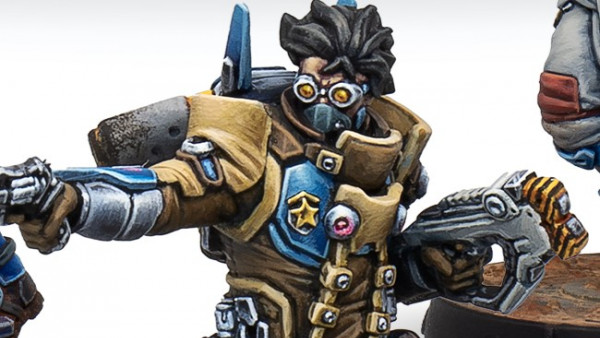
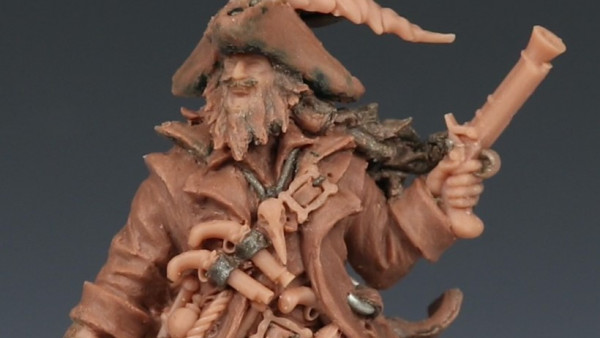
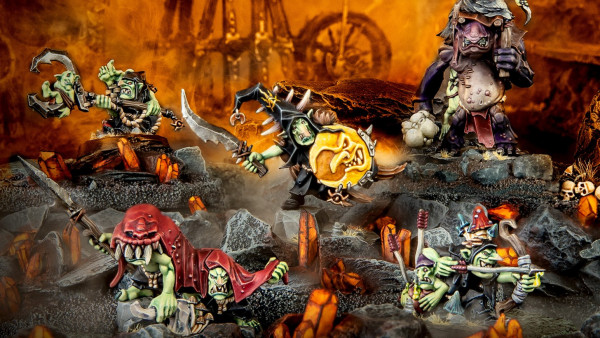
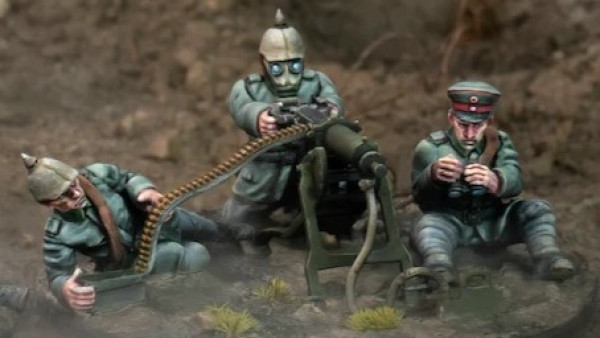


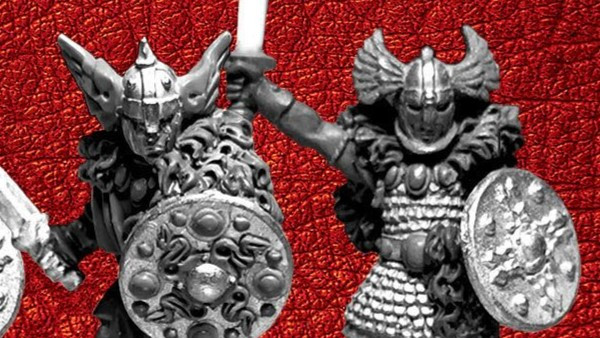
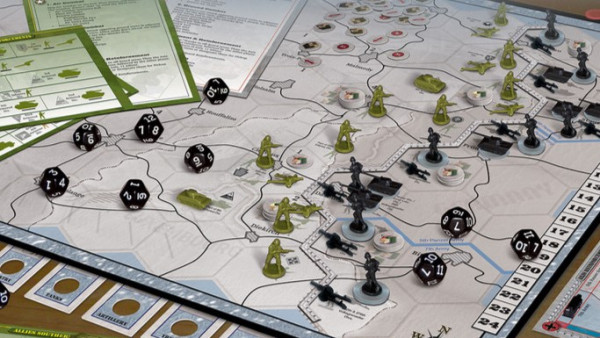
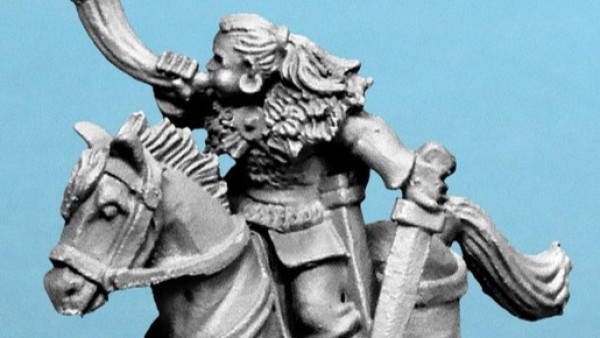






















Will any dust mask do, or do i need a more expensive filter mask? How long do those filters last anyway? My printer came with a very basic blue paper one that hooks around my ears. That led to a scratchy throat when entering a small room at the finish of the printing that wasn’t well ventilated. In a larger room with a window open, I don’t even smell the resin. IPA also has a strong smell though so keep that in mind. Can I use the same set of marigold gloves for months or do I really need disposable… Read more »
Thank you. I’ll incorporate these answers in to my above post soon. Thanks for the support. Right now I’m on a knife edge between caving and ordering right now and deciding this is foolish, expensive and I won’t actually use anything I print. Seeing things like that Titan Forge Griffon Rider don’t help. It is both amazing and I want one and at the same time it’s terrifying to paint and could be a months work to paint by itself.
I 3d print since 2016. First FDM (Prusa i3 mk3), then I added Mars to the mix. From what I learnt in my time of printing: – Dust mask will do you no good, as name suggests it protects from dust (particles) not fumes. If you have an airbrushing mask with filters, that’s the way to go. But the most important thing is ventilation of your printing area. Fumes may not even smell that bad but when they build up they may apparently pose health hazard if inhaled for prolonged time. – I use Elegoo ABS-like resin, it not like… Read more »
Well I had a nice long reply typed out, clicked you link and it opened in this tab deleting my message. Gah! Lets see if i can remember it all… I have a filter mask from my airbrushing. I’ll be setting it up initially in the room with the big patio doors so i can vent all I like. I’m home alone for the forseeable future so it won’t be in anyones way. Once I’ve an understanding of the fumes and smell and my temporary home office is dismantled It’ll be going in a room not used all the time… Read more »
Yeah, I understand. From what you write you should also consider ambient temperature in the room you plan to print. It really shouldn’t be lower than 20 degrees, it may affect your prints. The video says the curing station is ‘only’ 159 because it has only one competitor, with 500-600 price tag, and it really makes the process easier. The jars are plastic and I keep my IPA/resin goo inside for last 6 months. I haven’t noticed any degradation signs. As for money side, from what you write, the patreons may prove to be not the best method. In my… Read more »
No lower than 20? I live in the uk and my house doesn’t get much sun. its hot outside and I’m cold right now as my temporary office hasn’t had any sunlight yet this year. When its icy the road out front of my house does not melt even if the rest of town does as there is no sunlight. Maybe I can’t have a 3D printer, or at least i need to consider turning the heating up when using it? I might keep an eye on a bunch and dip in and out of the Patreons as and when… Read more »
Of course it is MB, sorry, I thought I edited it previously. April collection from Titan Forge was around 1,75 GB from what I checked right now, Cyberpunk in March 1,43 GB. My whole collection from last 4 years is over 70 GB. As for temperature, the instruction on the box of Elegoo resin says “recommended temperature 20-25 degree” some youtubers stress it. I live in Ireland, so not that different climate-wise and have my printer in a closed where the central heating boiler sits. I never check the temperature there, but avoid printing on colder days, especially when wind… Read more »
I see you went back and changed GB to MB. That makes a lot more sense. I can store a gig or two a month, no problem. Hundred of gig is new hdd all the time or just ditch the files. 1 gig a month is nothing, and I’m pretty sure i still have load of blank DVDs somewhere if I need more storage. Each will hold 4gb+
Good to know. I’ll have to think about the location I keep it. My house is a little draughty. All the good spots are areas we live or sleep in. Probably not the best location for a toxic gas generator. I could put it in the toddlers room and he may develop super powers? Do we know what low temperatures does to a print? Makes it fragile? Makes it soapy? Is it more about the temp you store the resin at or print at? Or both?
I have no knowledge what does the temperature impact in the process of printing. The technical data sheet of the resin quotes viscosity in relation to temperature, so I’d bet this is it. So probably sticking issues, maybe delamination – but again it is just a guess.
As for super powers, I have a 5 month old and a couple of teenagers around my printers and they only got super-annoying recently, however, I’d assume it is more due to isolation than resin fumes.
Perhaps you should try dunking them in the resin? Who knows what wonders might happen?
I guess I’ll google the effects of temp later on. If this old crappy cardboard thermometer is to be believd this room where I want to keep the printer long term is currently 16-18c, but it feels colder. it shouldn’t take much to up the temp. Would help if there wasn’t network cable forcing the door to stay open, but its a covid induced temporary office.
chemical gloves :
check if they’re designed to withstand (hazardous) chemicals …
Do test to be sure though, but keep in mind that anything will fail after x amount of time.
So don’t worry if they leak after soaking in resin for 8 hours straight 😉
Like all safety gear there are ratings : EN-ISO-375
https://www.uvex-safety.com/blog/en-374-modified-standard-for-chemical-protective-gloves/
https://guidegloves.com/guidance/standards/en-iso-374-1/
looks like 10 minutes of protection is the minimum.
Keep in mind that the gloves should be rated for alcholol and whatever chemical resin is.